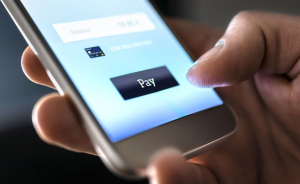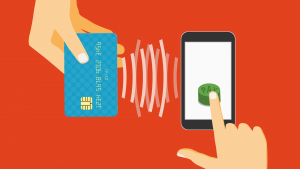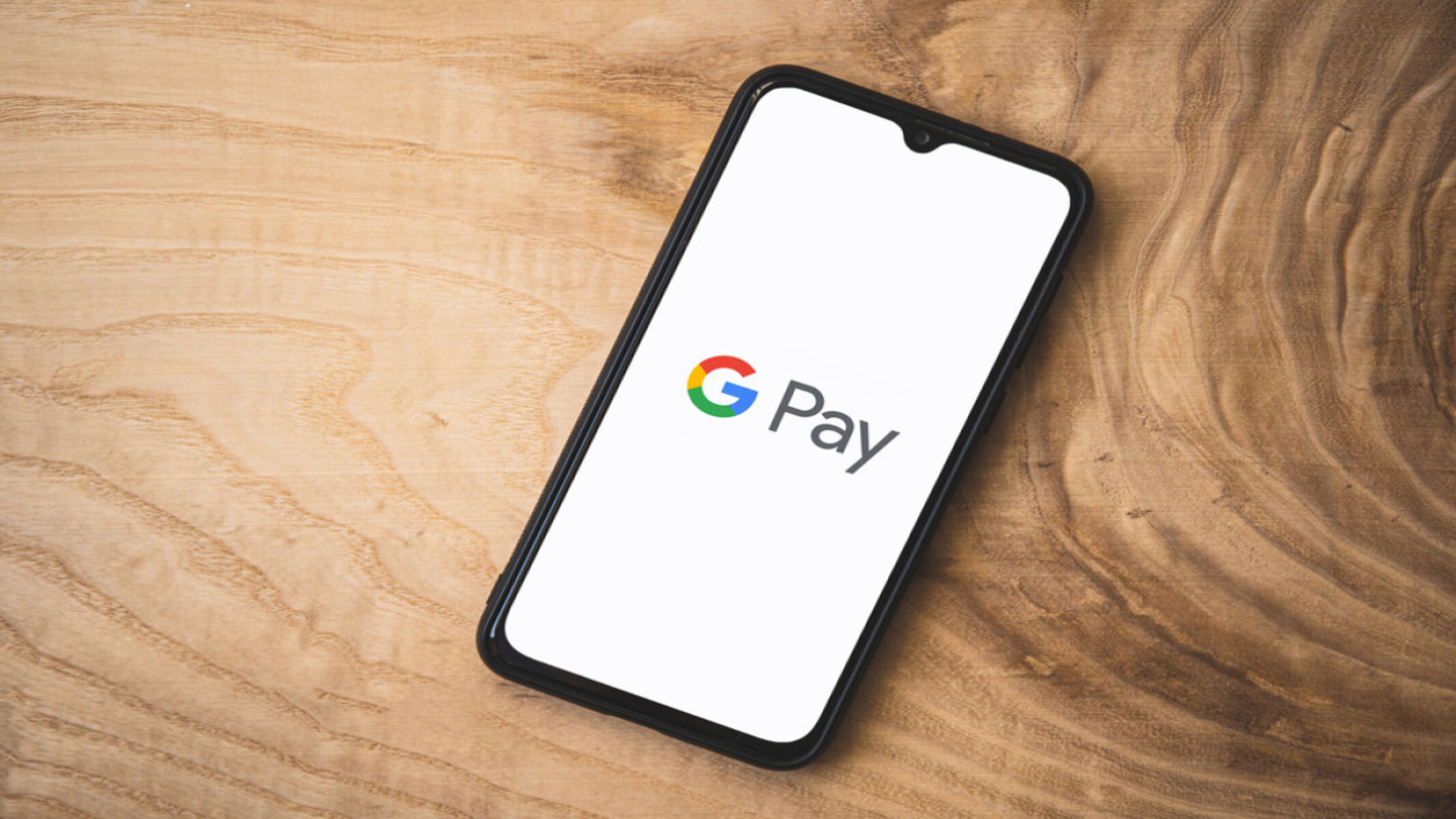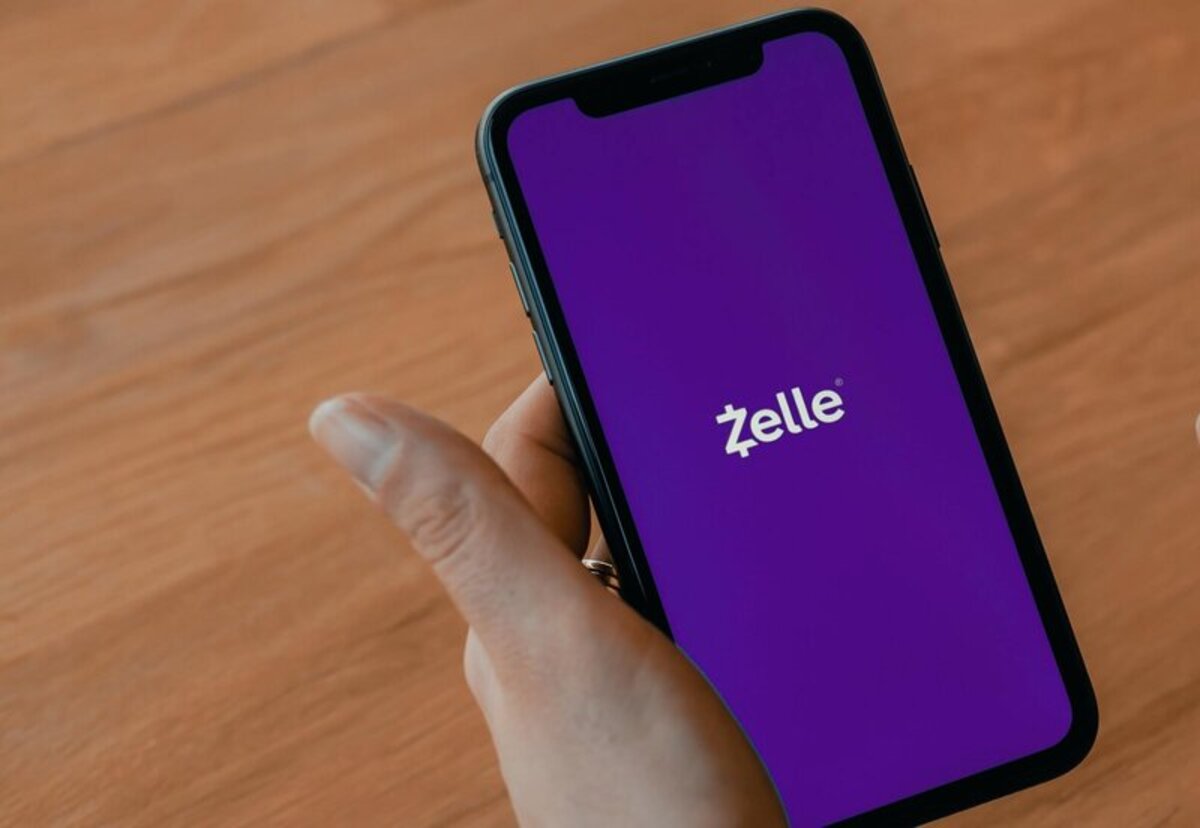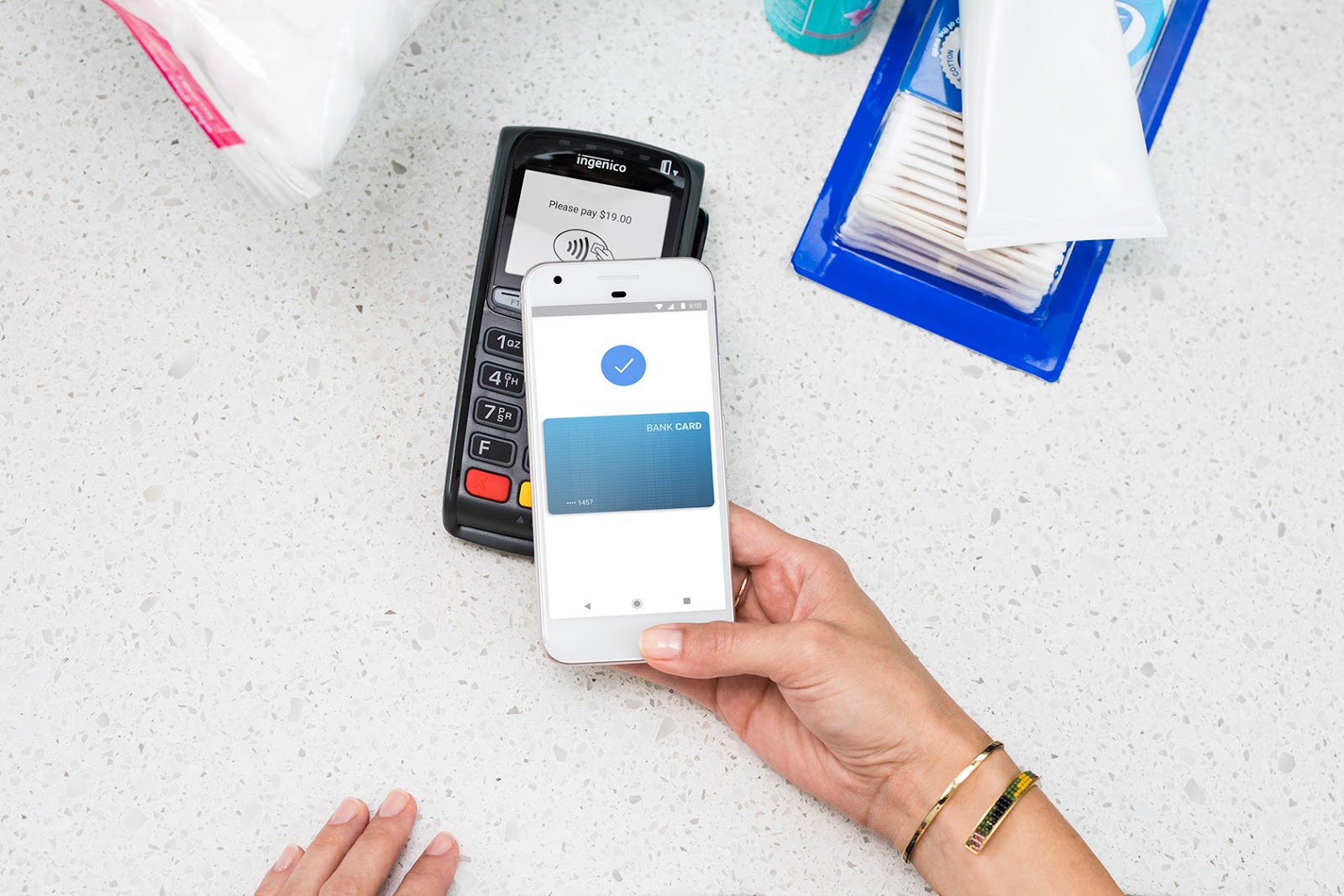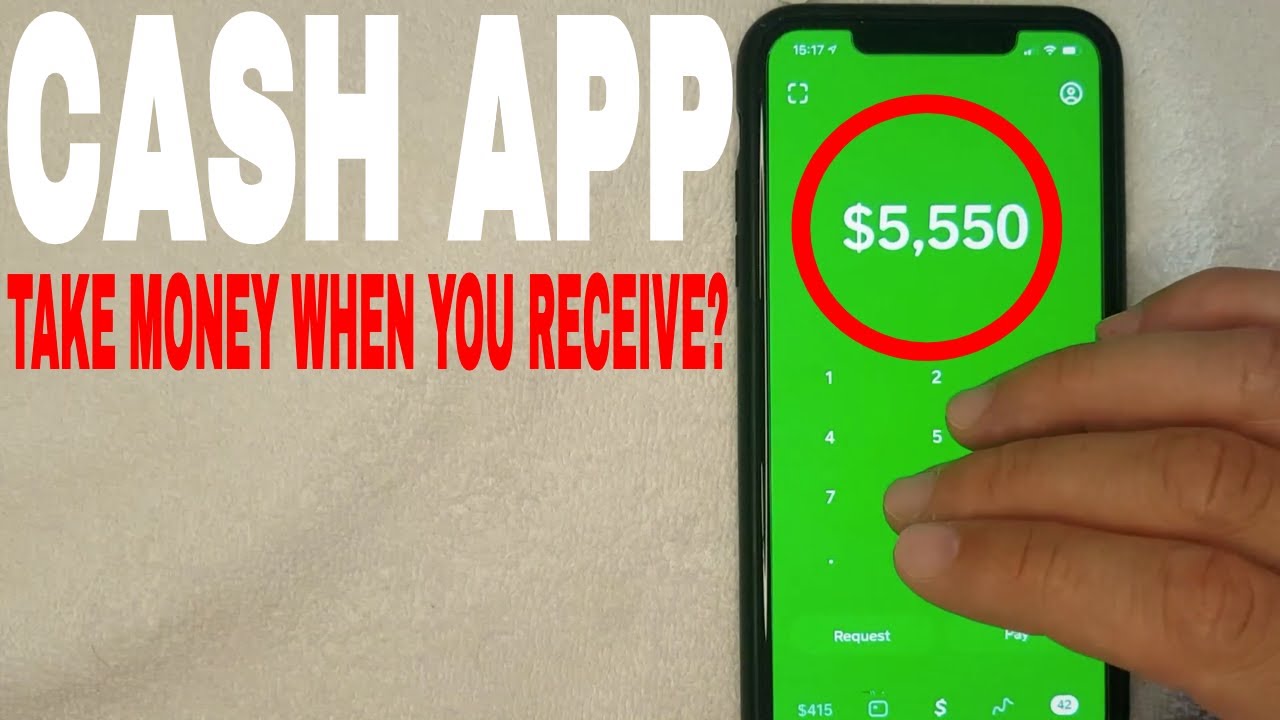Introduction
When it comes to transferring money quickly and conveniently, Google Pay has become a go-to service for many users. Whether you need to split a bill with friends, pay rent, or send money to family, Google Pay provides a seamless solution that allows you to transfer funds with just a few taps on your smartphone.
In this article, we will explore the ins and outs of Google Pay’s money transfer feature. We will discuss how to use Google Pay to transfer money, the speed at which transfers occur, and factors that can impact transfer times. Whether you are a seasoned Google Pay user or someone considering using the service, this guide will provide you with valuable insights to help you make the most of your money transfers.
Google Pay has gained significant popularity due to its ease of use and widespread availability. It is compatible with both Android and iOS devices, making it accessible to a wide range of users. By leveraging the power of secure digital payments, Google Pay aims to simplify the way people handle their finances, making transactions quick, secure, and hassle-free.
With the increasing reliance on digital payments, Google Pay has integrated various features to make money transfers as effortless as possible. From peer-to-peer transfers to payments to businesses, Google Pay offers a versatile platform that caters to different financial needs.
So, whether you want to reimburse a friend for dinner, send money to a family member in need, or pay for goods and services, Google Pay has got you covered. Let’s dive into the basics of Google Pay and discover how fast money transfers can happen using this versatile service.
The Basics of Google Pay
Google Pay is a mobile payment service developed by Google that allows users to send and receive money securely and conveniently. It is available on both Android and iOS devices, making it accessible to a wide range of users.
Setting up Google Pay is a straightforward process. First, you need to download the Google Pay app from the Google Play Store or the Apple App Store. Once installed, you will be prompted to link your bank account or add a payment method, such as a credit or debit card, to facilitate transactions.
Google Pay offers several features that make it a versatile payment solution. One of its key features is the ability to send money to friends and family using their phone numbers or email addresses. This eliminates the need to exchange bank account details and provides a quick and convenient way to transfer funds.
In addition to person-to-person transfers, Google Pay also enables users to make payments to businesses. By adding your payment cards or linking your bank account, you can easily make purchases at participating stores or online merchants that accept Google Pay as a payment method.
Another standout feature of Google Pay is its integration with Google’s ecosystem. If you already use other Google services, such as Gmail or Google Assistant, you can make payments directly from these platforms without even opening the Google Pay app. This level of convenience streamlines the payment process and saves you time.
It is important to note that Google Pay prioritizes the security of your financial information. The service employs multiple layers of security measures, including encryption and two-factor authentication, to protect your data and ensure safe transactions.
Overall, Google Pay provides a user-friendly and secure platform for conducting financial transactions. Whether you need to send money to a friend, make a purchase at a store, or transfer funds to a business, Google Pay offers a convenient and hassle-free solution for your payment needs.
How to Transfer Money Using Google Pay
Transferring money using Google Pay is a quick and straightforward process. Whether you are sending money to a friend or making a payment to a business, the steps are similar. Here’s a step-by-step guide on how to transfer money using Google Pay:
- Open the Google Pay app on your mobile device.
- Sign in to your Google account if you haven’t already done so.
- Ensure that your payment method, such as a linked bank account or credit/debit card, is set up and ready to use.
- To send money to a friend, tap on the “Send” button at the bottom of the screen. If you are making a payment to a business, look for the “Pay” or “Buy” button.
- Enter the recipient’s phone number or email address. If the person is already in your contact list, you can select their name from the suggestions.
- Specify the amount you want to transfer. You can also add a note or memo to accompany the payment if needed.
- Review the transaction details and confirm the payment.
- If necessary, authenticate the transaction with your preferred security method, such as your fingerprint or a PIN code.
- Once the transaction is completed, you will receive a confirmation message, and the recipient will be notified of the incoming funds.
It’s worth mentioning that Google Pay also supports requesting money from friends or business contacts. If you need someone to pay you back, simply tap on the “Request” button in the Google Pay app, enter the necessary details, and send the request. The recipient will receive a notification and can easily fulfill the payment from their end.
In addition to the app interface, Google Pay can be accessed through other Google services, making money transfers even more convenient. For example, if you are using Gmail, you can attach money to an email and send it directly to the recipient. This integration streamlines the payment process, particularly when interacting with contacts through various Google platforms.
Now that you know the basics of transferring money using Google Pay, you can confidently make payments to friends, family, or businesses with ease and convenience.
Transfer Speed Within Google Pay
When it comes to transferring money within the Google Pay platform, the speed of the transaction can vary depending on several factors.
In general, transfers between two users who both have Google Pay set up can be almost instantaneous. This means that once you send the payment, the recipient will receive the funds in their Google Pay account within seconds. This real-time transfer speed within Google Pay is one of the key advantages of using the service for person-to-person payments.
However, it’s important to note that the speed of the transfer can also depend on the recipient’s bank. If the recipient has their Google Pay account linked to their bank account, the transfer speed may be impacted by the processing time of the bank. Some banks may take a few minutes to process incoming funds, while others may take up to 24 hours. It’s advisable to check with the recipient’s bank for any specific processing times or delays.
In certain cases, such as receiving money from a business or making payments to businesses, the transfer speed within Google Pay can vary. This can be influenced by various factors, including the merchant’s payment processing system and any additional verification steps required by the business. Typically, these transfers are still relatively fast, often occurring within a few minutes or hours.
It is worth mentioning that Google Pay continuously works to optimize the transfer speed within its platform. By leveraging advanced technology and partnering with banks and financial institutions, Google Pay aims to provide users with fast and efficient money transfers.
Whether you are sending money to a friend or paying for goods and services, the transfer speed within Google Pay is designed to make your transactions as quick and seamless as possible. However, it’s important to keep in mind that external factors, such as bank processing times or additional verification requirements, can influence the overall speed of the transfer.
Next, we’ll explore the transfer speed when sending money from Google Pay to non-Google Pay users.
Transfer Speed to Non-Google Pay Users
While transferring money within the Google Pay platform can be near-instantaneous, the transfer speed to non-Google Pay users is subject to additional factors that may affect the time it takes for the funds to reach the recipient.
When you initiate a transfer from your Google Pay account to someone who doesn’t use Google Pay, the process typically involves sending the funds to the recipient’s bank account. This means that the transfer speed may depend on the recipient’s bank and their specific processing times.
In general, it can take around one to three business days for the funds to be credited to the recipient’s bank account. The exact duration may vary, and it’s important to consider any potential delays that could arise due to weekends, holidays, or other factors that impact bank processing times.
While Google Pay strives to facilitate fast transfers, the exact time it takes for the funds to reach non-Google Pay users is largely beyond their control. It’s important to note that the transfer speed can also be influenced by the recipient’s bank’s policies and procedures. Some banks may offer expedited transfer options or faster processing times for incoming fund transfers, while others may have longer processing windows.
To enhance the transfer speed to non-Google Pay users, it’s advisable to ensure that the recipient’s bank details are entered correctly during the transfer process. Any errors or discrepancies in the bank account information can potentially lead to delays or even unsuccessful transfers.
If you need to make urgent payments to non-Google Pay users, it’s recommended to consider alternative payment methods that offer faster transfer speeds, such as direct wire transfers or instant payment services. While Google Pay provides a convenient and secure way to transfer funds, it’s important to assess the urgency of the transfer and choose the method that aligns with your timeframe and requirements.
Now that you have a better understanding of the transfer speed to non-Google Pay users, let’s explore some factors that can affect transfer speed in general.
Factors That Can Affect Transfer Speed
Several factors can impact the speed at which money is transferred using Google Pay. While Google Pay strives to provide fast and seamless transactions, it’s important to consider these factors that can influence the transfer speed:
1. Bank Processing Times: When transferring money to a non-Google Pay user, the transfer speed is often subject to the processing times of the recipient’s bank. Banks typically have their own internal processes and timelines for handling incoming fund transfers. It’s important to take into account potential delays caused by weekends, holidays, or other factors that may affect bank processing times.
2. Verification Processes: In some cases, additional verification steps may be required by the recipient’s bank or the merchant involved in the transaction. These verification processes, which aim to ensure the security and legitimacy of the transfer, can introduce additional processing time and potentially delay the transfer. Examples of verification processes include identity verification, security checks, and anti-fraud measures.
3. Network Connectivity: The transfer speed can also be influenced by the quality and stability of the network connectivity on both the sender and recipient sides. Poor or unstable network connections, such as slow internet speeds or weak cellular signals, can potentially hinder the transfer speed or even cause disruptions. It’s advisable to ensure a stable and reliable network connection to minimize any potential transfer delays.
4. Transaction Limits: Depending on the specific Google Pay user’s account type or the recipient’s bank policies, there may be transaction limits in place. These limits can include daily, weekly, or monthly caps on the amount of money that can be transferred. If the transaction exceeds the preset limits, it may require additional processing or approval, potentially leading to delays in the transfer.
5. System Maintenance or Technical Issues: Occasionally, Google Pay or the recipient’s bank may undergo system maintenance or experience technical issues that can temporarily affect the transfer speed. These situations are usually rare, but they can cause brief delays in the processing of transactions. It’s advisable to stay informed about any scheduled maintenance or known technical issues to anticipate and manage any potential transfer delays.
While these factors can influence the transfer speed, Google Pay is continually working to optimize the speed and efficiency of its money transfer service. By collaborating with banks and financial institutions, Google Pay aims to provide users with a seamless and timely transfer experience.
Next, let’s explore some tips to ensure faster money transfers using Google Pay.
Tips to Ensure Faster Money Transfers
While the transfer speed within Google Pay is largely dependent on various factors, there are several tips you can follow to help ensure faster money transfers:
1. Verify Recipient Details: Before initiating a transfer, double-check the recipient’s phone number, email address, or bank account details to ensure accuracy. Any errors or discrepancies can lead to delays or even unsuccessful transfers.
2. Use Wi-Fi or Stable Cellular Connection: To ensure a smooth and uninterrupted transfer process, connect to a stable and reliable Wi-Fi network or use a cellular connection with good signal strength. This helps prevent any network connectivity issues that could slow down the transfer.
3. Optimize Settings for Quick Access: Configure your device settings to enable quick access to the Google Pay app. This includes setting up biometric authentication, such as fingerprint or face recognition, to streamline the authentication process and expedite transactions.
4. Confirm Recipient’s Bank Partner: If you are transferring funds to a non-Google Pay user, verify the recipient’s bank partner. Certain banks have built a closer integration with Google Pay, which can result in faster transfer speeds compared to banks with limited or no integration.
5. Explore Expedited Transfer Options: Some banks offer expedited or instant transfer options for their customers. If you require faster transfers to non-Google Pay users, inquire with your bank about any available services or upgrade options that can facilitate quicker fund transfers.
6. Stay Updated on Bank Processing Times: Be aware of the recipient bank’s processing times for incoming fund transfers. Different banks may have varying policies and procedures that impact the speed at which funds are credited to the recipient’s account. Planning transfers accordingly can help you manage expectations and avoid unnecessary delays.
7. Monitor Notifications and Confirmations: Stay vigilant and monitor any notifications or confirmations related to your funds transfer. Check for confirmation messages from Google Pay and keep track of any follow-up notifications or communications from the recipient or their bank.
8. Contact Customer Support if Needed: If you encounter any issues or experience significant delays during a money transfer, reach out to the Google Pay customer support team or your bank’s customer service. They can provide assistance, investigate any potential issues, and offer guidance to help expedite the transfer process.
By following these tips, you can increase the chances of faster money transfers using Google Pay. While some factors, such as bank processing times, are beyond your control, taking these proactive steps can help minimize delays and ensure a smoother transfer experience.
Now that you are equipped with these tips, you can make the most of Google Pay’s money transfer feature and enjoy faster, more efficient transactions.
Conclusion
Google Pay provides a convenient and secure platform for transferring money quickly and easily. Whether you’re sending funds to friends, family, or making payments to businesses, Google Pay offers a user-friendly experience that simplifies the transfer process.
In this article, we explored the basics of Google Pay, including how to set it up and use it for money transfers. We also discussed the transfer speed within the Google Pay platform and the factors that can affect transfer times. Additionally, we provided tips to help ensure faster money transfers using Google Pay.
When using Google Pay to transfer money, transfers between two users who both have Google Pay can be almost instantaneous. However, transfers to non-Google Pay users may take longer due to bank processing times and other factors. It’s important to keep these factors in mind and plan accordingly to manage expectations.
To ensure faster money transfers, verify recipient details, optimize your device’s settings, and explore expedited transfer options if available. Staying updated on bank processing times and proactively monitoring notifications and confirmations can also help streamline the transfer process.
Google Pay continues to improve and optimize its services to provide users with a seamless and efficient transfer experience. By leveraging its integration with various banks and financial institutions, Google Pay aims to enhance transfer speeds and simplify the way people handle their finances.
Now that you have a better understanding of Google Pay’s money transfer features and how to optimize transfer speeds, you can confidently use the service for your financial transactions. Whether you’re splitting a bill, reimbursing a friend, or paying for goods and services, Google Pay offers a convenient and secure platform to handle your monetary exchanges efficiently.
Start using Google Pay today and experience the ease and speed of transferring money at your fingertips.









